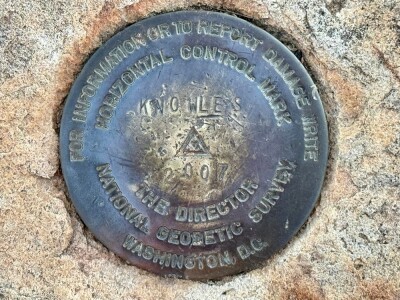NOAA’s National Geodetic Survey (NGS) has published four groups of products to the NGS beta website. According to a statement from NOAA, the publication is intended “to solicit review and feedback from stakeholders as part of the modernization of the National Spatial Reference System (NSRS).”: (Note: These products are not final and should not be used for anything other than review and testing.)
Below is a look at the published products:
- North American-Pacific Geopotential Datum of 2022 (NAPGD2022). This datum will replace the North American Vertical Datum of 1988 (NAVD 88) and all other vertical datums for islands in the United States and serve as a foundational component of the modernized National Spatial Reference System (NSRS), providing precise definitions for orthometric height (elevation).
- New Terrestrial Reference Frames of 2022 for North America (NATRF2022), Pacific (PATRF2022), Caribbean (CATRF2022), and Mariana (MATRF2022) plates. These four geodetic reference frames will replace the North American Datum of 1983 (NAD 83). They will serve as a foundational component of the modernized NSRS, providing precise definitions for geodetic latitude, longitude, and ellipsoidal height.
- State Plane Coordinate System of 2022 (SPCS2022). A system of map projections for accessing the modernized NSRS. Products found on the NGS beta website are preliminary releases that are for testing and evaluation only; they are not final products nor do they contain any authoritative NGS data or tools. To provide feedback on any of the content on this site, please email [email protected].
NOAA notes that “Products found on the NGS beta website are preliminary releases that are for testing and evaluation only; they are not final products nor do they contain any authoritative NGS data or tools.”






